
1/10
A new paper by shirilevari.bsky.social shows that sound symbolism highlights the properties that distinguish referents from their competitors: www.sciencedirect.com/science/arti...
A🧵
@cyhsieh.bsky.social
Born and raised in Taiwan PhD student @rhulpsychology.bsky.social Interested in language and concept

1/10
A new paper by shirilevari.bsky.social shows that sound symbolism highlights the properties that distinguish referents from their competitors: www.sciencedirect.com/science/arti...
A🧵
New in Cognition: In politics, people are not always truth seekers. Often, we reach conclusions because they fit with preferred narratives: we are biased by ideological motivations. Are some people better equipped to overcome such bias than others?
21.11.2025 14:46 — 👍 4 🔁 1 💬 1 📌 0
Postdoctoral teaching associates: Two full-time posts, one permanent, one for 12 months
jobs.royalholloway.ac.uk/vacancy.aspx...
🚨Now out in *Open Mind* 🚨
"Can we utilize Large Language Models (LLMs) to generate useful linguistic corpora? A case study of the word frequency effect in young German readers"
direct.mit.edu/opmi/article...
with
@jobschepens.bsky.social @hannawoloszyn.bsky.social @nicolekmarx.bsky.social
We are pleased to announce a call for papers for a QJEP special issue: New Perspectives on the Mental Lexicon, guest edited by Jo Taylor, Kathy Rastle and Matthew Mak.
Expressions of interest are due by 20th December 2025.
Further details can be found here:
journals.sagepub.com/pb-assets/PD...

For those who couldn't attend, the recording of Hsieh Cheng-Yu's seminar is now available on our YouTube channel.
Watch the full presentation here: youtu.be/v7DHox_6duE
The talk I gave in Milan is now on YouTube!
03.11.2025 19:20 — 👍 1 🔁 1 💬 0 📌 0
🚨We are looking for a scholar to join us as a lecturer (teaching & research contract, full-time, permanent), starting 1 April 2026! The application deadline is 1 December 2025.
jobs.royalholloway.ac.uk/Vacancy.aspx...
I am guest editing a special issue—"New Perspectives on the Mental Lexicon" in @qjep.bsky.social with @kathyrastle.bsky.social and Jo Taylor. Expression of interest until 20th Dec. Get in touch!
24.10.2025 15:22 — 👍 8 🔁 3 💬 0 📌 0Another talk next week!
20.10.2025 10:29 — 👍 4 🔁 2 💬 0 📌 0Thanks for having me. It was lovely meeting you all online! If you missed it today, I’m giving another talk next Monday in Italy (it’ll be hybrid).
20.10.2025 10:28 — 👍 6 🔁 0 💬 0 📌 0
Join our journal club next Monday! We're happy to have @cyhsieh.bsky.social to discuss "What Chinese Compounds Tell Us About Reading"! Scan the QR code to register or click here: forms.gle/JV5cp1RHHaH2...
15.10.2025 12:10 — 👍 2 🔁 1 💬 0 📌 1
Important fMRI/RSA study by @marcociapparelli.bsky.social et al. Compositional (multiplicative) representations of compounds/phrases in left IFG (BA45), mSTS, ATL; left AG encodes constituents, not their composition, weighing the right element more, vice versa IFG 🧠🧩
academic.oup.com/cercor/artic...

Diagram showing three ways to control brain activity with a visual prosthesis. The goal is to match a desired pattern of brain responses. One method uses a simple one-to-one mapping, another uses an inverse neural network, and a third uses gradient optimization. Each method produces a stimulation pattern, which is tested in both computer simulations and in the brain of a blind participant with an implant. The figure shows that the neural network and gradient methods reproduce the target brain activity more accurately than the simple mapping.
👁️🧠 New preprint: We demonstrate the first data-driven neural control framework for a visual cortical implant in a blind human!
TL;DR Deep learning lets us synthesize efficient stimulation patterns that reliably evoke percepts, outperforming conventional calibration.
www.biorxiv.org/content/10.1...
Thanks for the invite. Looking forward to seeing many of you online!
02.10.2025 11:07 — 👍 3 🔁 1 💬 0 📌 02 Lecturer (Assistant Prof) positions available @yorkpsychology.bsky.social! Come join our department!
#neuroskyence #cognition #psychscisky #neurojobs
jobs.york.ac.uk/vacancy/lect...


JOB ALERT: Computational Cognitive Neuroscience Postdoc position in Osaka, Japan! Possible start in October 2025 (contact me ASAP), or from April 2026. PLEASE REPOST! #postdocjobs #neuroskyence #neuroscience #psychscisky #compneurosky #neurojobs 1/
18.07.2025 03:34 — 👍 85 🔁 75 💬 1 📌 3
📣 Save the date 🗓️ to present your exciting statistical learning research at the 6th Interdisciplinary Advances in Statistical Learning Conference June 10-12 2026 in San Sebastián 🇪🇸
Keynotes by
@jennysaffran.bsky.social
@noranewcombe.bsky.social
@pyoudeyer.bsky.social
More info to follow #IASL26

I'm sharing a Colab notebook on using large language models for cognitive science! GitHub repo: github.com/MarcoCiappar...
It's geared toward psychologists & linguists and covers extracting embeddings, predictability measures, comparing models across languages & modalities (vision). see examples 🧵
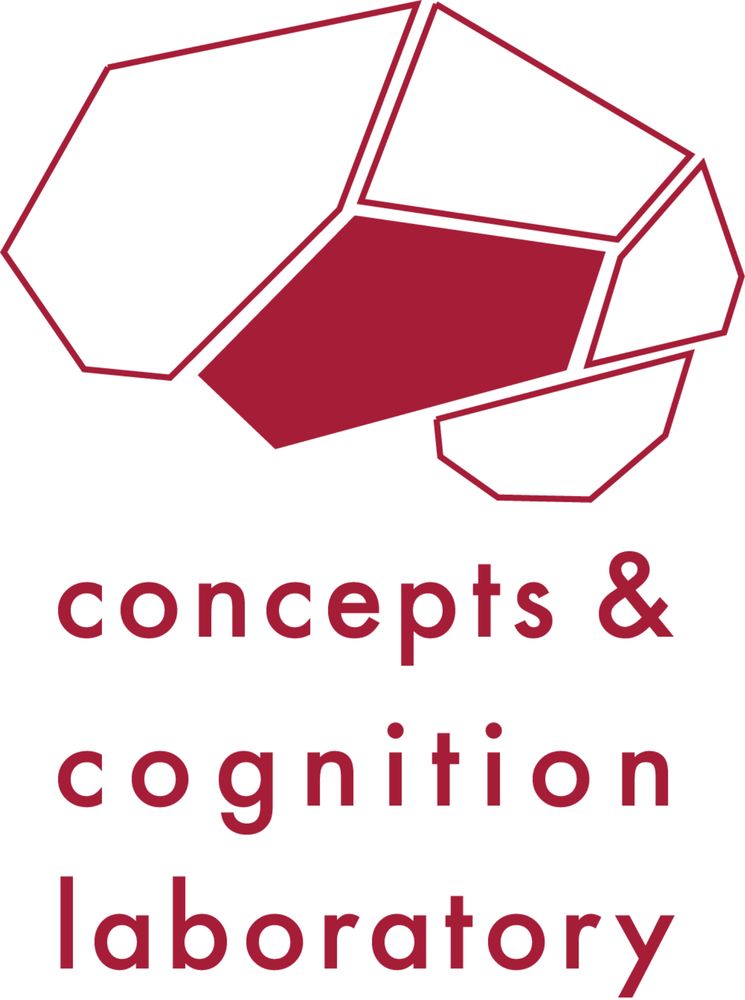
Updated our lab's psycholinguistic database page to include Kathy Rastle et al's new web interface for the Children and Young Peoples Books Lexicon (CYP-LEX). Check it out! Give me a holler if you want us to link to your dataset or know of others I've missed. www.reilly-coglab.com/data
20.05.2025 21:24 — 👍 27 🔁 7 💬 0 📌 0** New resource ** We analysed the characteristics of words in 1200 books suitable for children and young people. Properties of each word (frequencies, etc) are now available in an interactive website.
cyp-lex.rastlelab.com
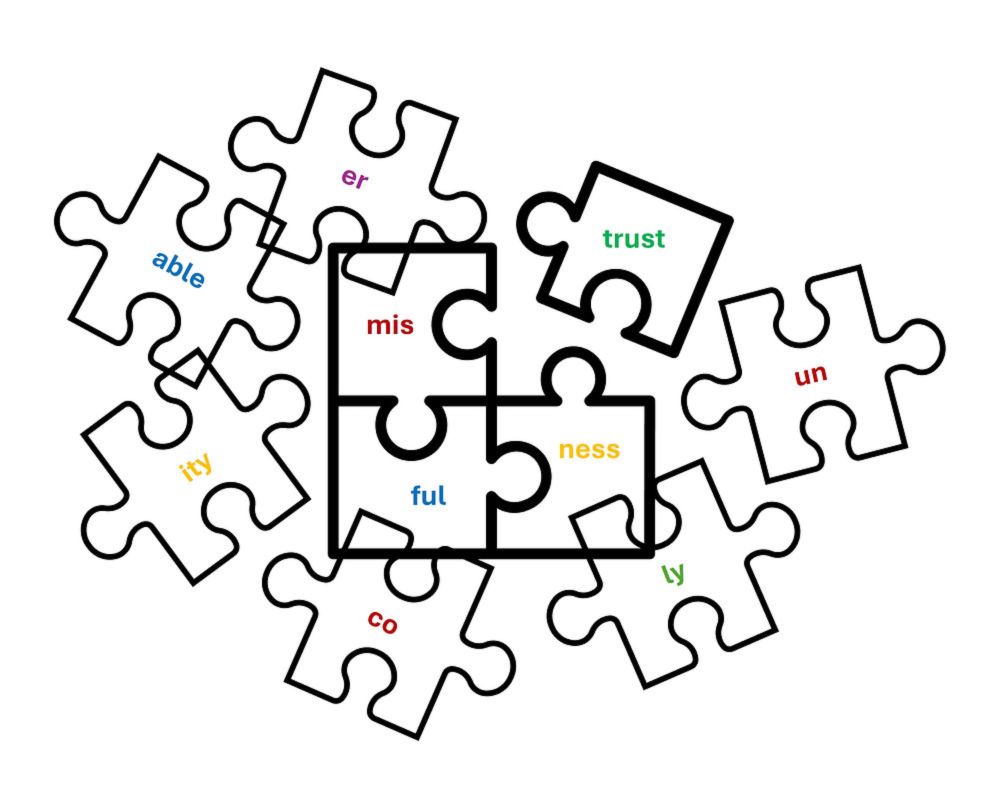
What can children learn about morphology when they read for pleasure? We analysed the words in 1200 books suitable for children and young people to find out! Read the blog post here: www.rastlelab.com/post/what-ca...
20.05.2025 17:56 — 👍 14 🔁 6 💬 0 📌 1A new preprint by myself!
I drafted a journal club article arguing that intrinsically photosensitive retinal ganglion cells (ipRGCs) are responsible for more than just non-image-forming functions
osf.io/preprints/os...

Thanks to Evan Kidd, @mcxfrank.bsky.social & @asifamajid.bsky.social (Eds) for organizing the awesome *Open* Encyc. of Cog. Sci. and entrusting me with/ the honor of penning the entry on "Language" (in < 3500 words, so do see other entries for much, MUCH more!)
oecs.mit.edu/pub/ho9e9c80...

3 hour open-science workshop I gave at Vin University Hanoi now online:
"Credible science, evaluating science, and the need for a science reform"
UG class level super basic research methods intro and my take on some of the main challenges we're facing.
Details 👇🧵
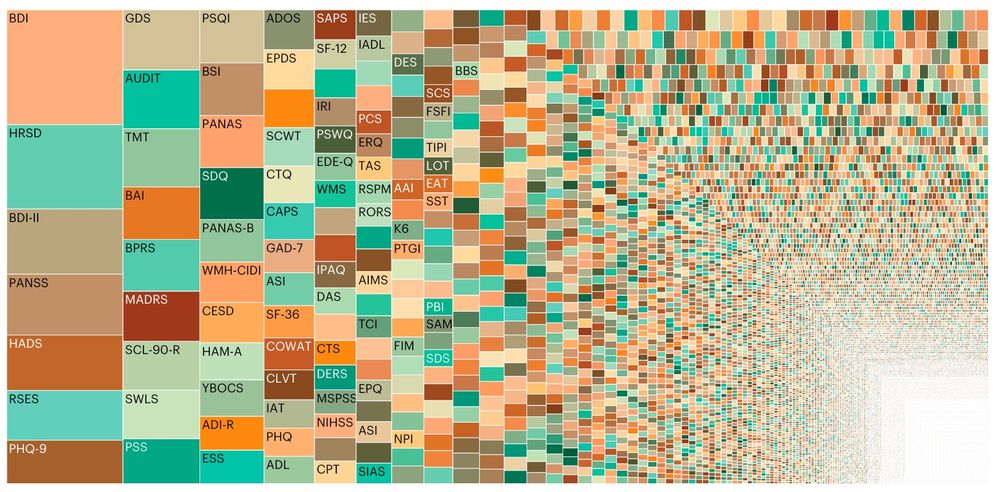
Tens of thousands of psychological measures have been created, but 79% are not reused more than twice.
In a new article in NHB lead by @faridanvari.bsky.social and @ruben.the100.ci we quantify this fragmentation in psychology's measures and propose solutions.
www.nature.com/articles/s41...
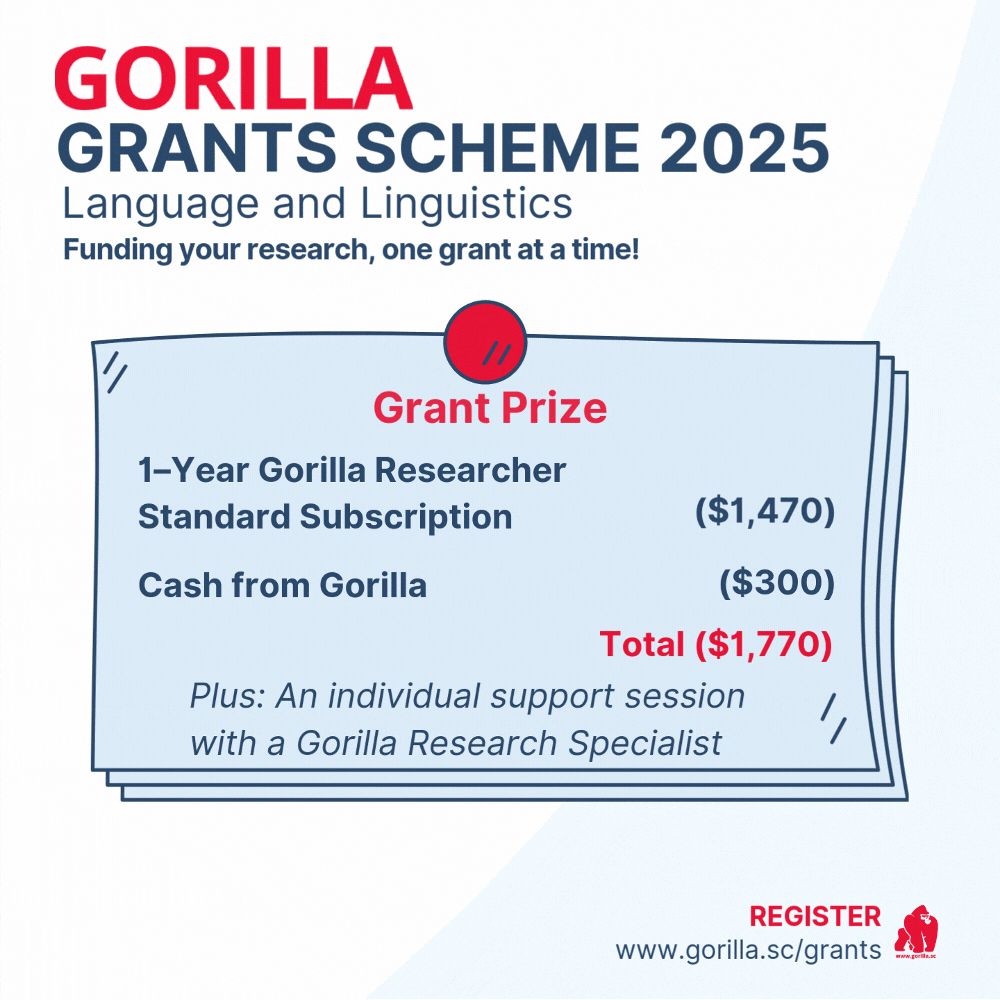
Let your research do the talking!
We’re awarding 5 🦍 grants ($1,770 each)—could one be yours?
Submit a 500-word research proposal + overview on how one could support your next study for a chance to win!
If you're exploring #language, #linguistics or anything in between—apply now!
➡️ bit.ly/3FeV9rX
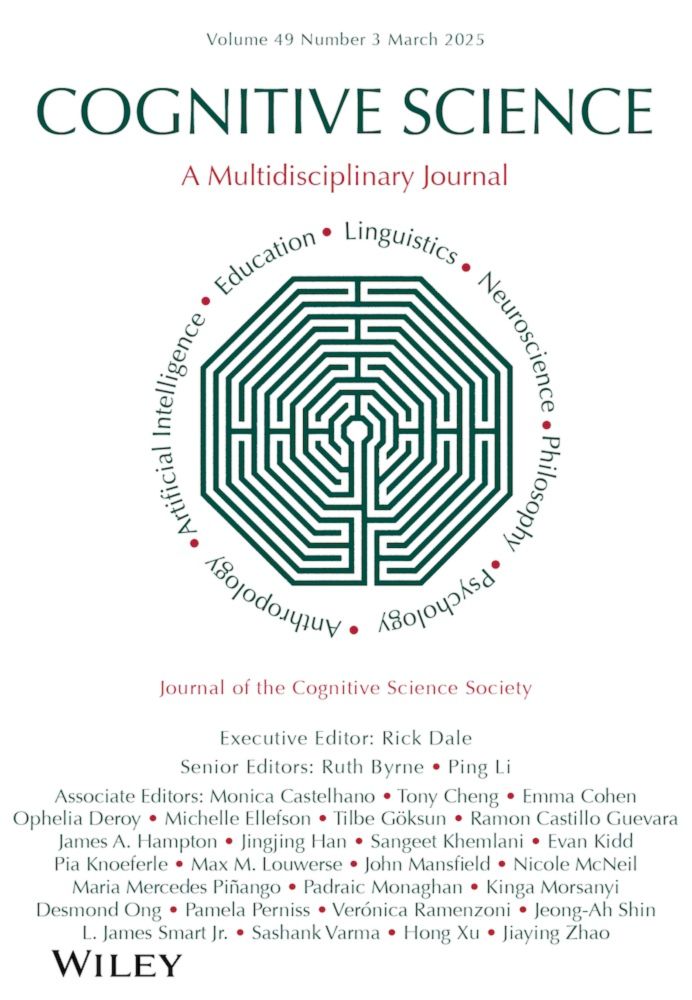
1/n Happy to share a new paper with Calogero Zarbo & Marco Marelli! How well do LLMs represent the implicit meaning of familiar and novel compounds? How do they compare with simpler distributional semantics models (DSMs; i.e., word embeddings)?
doi.org/10.1111/cogs...
But we can do something! If you also work on language processing or first language acquisition focussing on cross-linguistic variation, then submit an abstract to *Crosslinguistic Perspectives on Processing and Learning 2025* #X_PPL2025!
Call for abstracts: easyabs.linguistlist.org/conference/X...